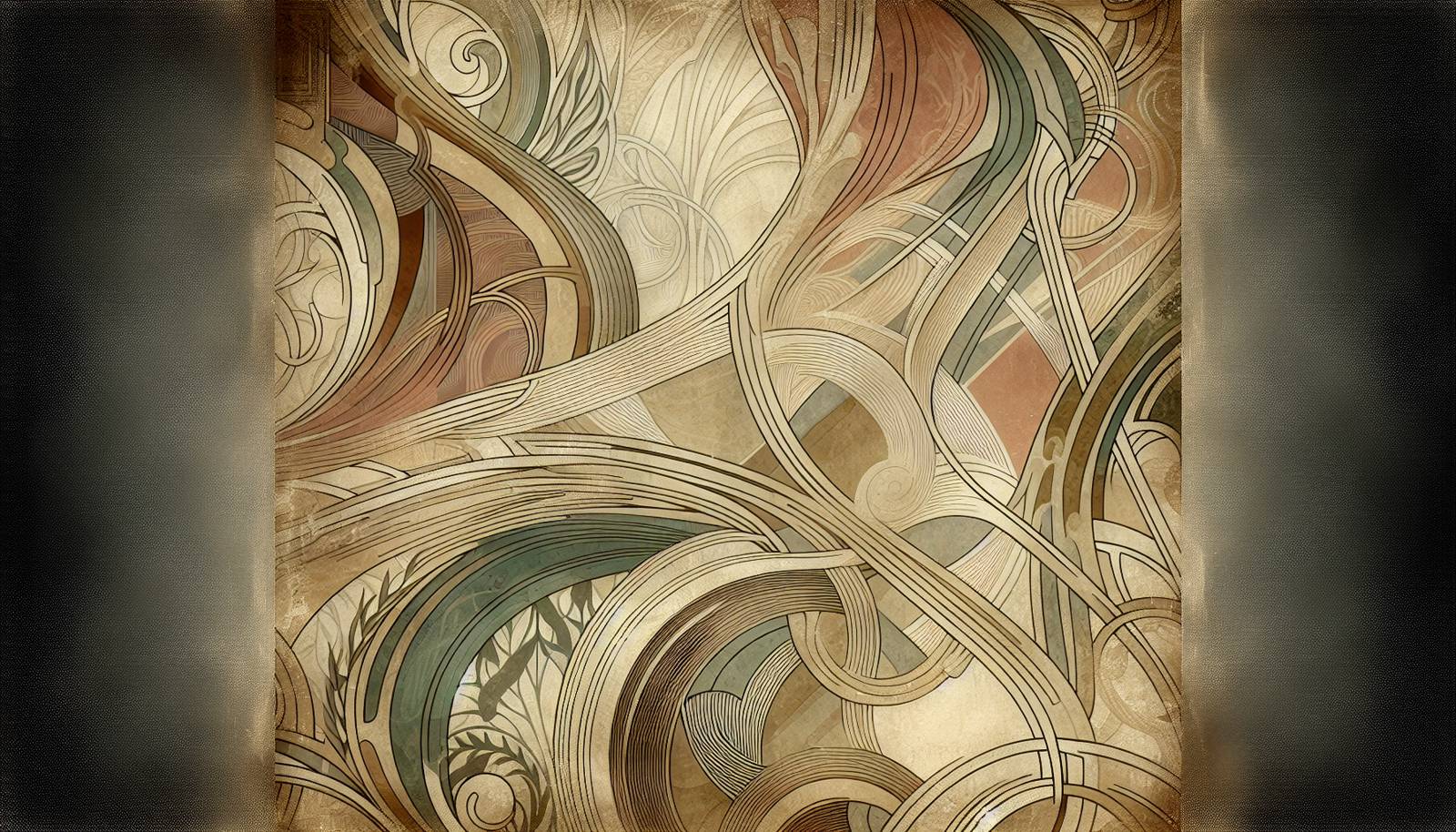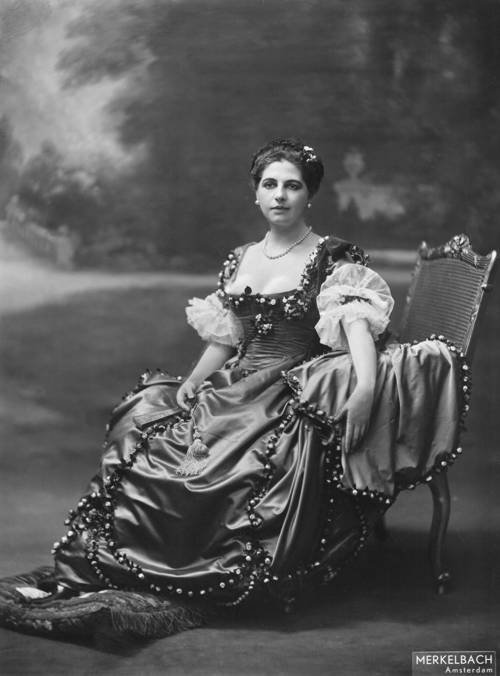
FAQ About Mata Hari

Who was Mata Hari?
Mata Hari, born Margaretha Geertruida Zelle in 1876, was a Dutch exotic dancer and courtesan renowned for her sensual performances and elaborate costumes. She became famous in the early 20th century and was later executed by France for espionage during World War I.

What was Mata Hari accused of during World War I?
Mata Hari was accused of being a double agent, spying for Germany against France during World War I. She was arrested, tried by a military tribunal, and executed by firing squad in 1917.



Why did Mata Hari become famous?
Mata Hari became famous for her exotic dance performances, which were characterized by their sensuality and the use of luxurious costumes. She danced primarily in Paris and was admired for her mysterious and captivating stage presence.

How did Mata Hari die?
Mata Hari was executed by a firing squad in France on October 15, 1917, after being convicted of espionage during World War I.

Was Mata Hari actually guilty of being a spy?
The question of Mata Hari's guilt is still debated by historians. While she was convicted and executed for espionage, some believe she was used as a scapegoat or was not actively involved in significant espionage activities.

What was Mata Hari's role as a dancer?
As a dancer, Mata Hari was celebrated for her exotic and provocative performances. She often performed in revealing costumes inspired by Asian cultural attire, enhancing her mystique and allure.

Where was Mata Hari executed?
Mata Hari was executed at the Château de Vincennes near Paris, France.

How has Mata Hari influenced popular culture?
Mata Hari has become a cultural icon, symbolizing the mysterious and dangerous allure of the femme fatale archetype. Her life has inspired numerous books, films, and theatrical productions, maintaining her legacy in popular culture.

What does the name 'Mata Hari' mean?
The name 'Mata Hari' is Malay for 'Eye of the Day' or 'Sun,' reflecting her exotic persona and stage identity.

Did Mata Hari have any children?
Yes, Mata Hari had two children with her former husband Rudolf MacLeod. Unfortunately, her son, Norman-John, died at a young age, and her daughter, Jeanne Louise, was raised by her father.

What led to Mata Hari's arrest and conviction?
Mata Hari was arrested due to intercepted coded messages that suggested her involvement with German intelligence. Her trial was marked by sensationalism and a lack of concrete evidence, leading to her conviction and execution.

How did Mata Hari get involved in espionage?
Mata Hari's involvement in espionage is believed to have stemmed from her relationships with military officers and diplomats. These connections, coupled with her financial troubles, made her vulnerable to recruitment by intelligence agencies during World War I.

What kind of performances did Mata Hari give?
Mata Hari's performances were known for their exotic themes, utilizing elements of traditional Asian dance combined with provocative and sensual movements. Her acts often featured elaborate costumes and dramatic storytelling.

What were the main factors that led to Mata Hari's downfall?
Factors contributing to Mata Hari's downfall included her high-profile lifestyle, associations with military figures from multiple countries, and the volatile wartime environment, which led to increased suspicion and scrutiny by the French authorities.

Has Mata Hari's story been portrayed in movies or books?
Yes, Mata Hari's life has been the subject of numerous films, television shows, and books, emphasizing her role as a legendary femme fatale and exploring the intrigue surrounding her espionage activities.

Why is Mata Hari considered a symbol of intrigue?
Mata Hari is considered a symbol of intrigue due to her enigmatic persona, controversial life as a dancer and alleged spy, and the dramatic circumstances of her trial and execution. Her story captures the imagination with themes of seduction, betrayal, and ultimate sacrifice.

How did Mata Hari's background influence her career?
Mata Hari's background, including her travel experiences and interest in Asian culture, greatly influenced her career as a dancer. Her ability to blend cultural elements into her performances enhanced her exotic image and popularity.

What impact did Mata Hari have on espionage history?
Mata Hari's case highlights the complex nature of espionage during wartime, illustrating how individuals could be caught in the webs of intrigue and suspicion. Her execution served as a cautionary tale and drew attention to the role of women in intelligence activities.
